We use cookies to make your experience better. To comply with the new e-Privacy directive, we need to ask for your consent to set the cookies. Learn more
10 Myths About Horses and Housekeeping and what's true
There are many myths and misconceptions out there about horses and how to care for them. Here are some common misconceptions about horses and their care that horse owners should be aware of.
It is healthier to feed a horse using raised feeders.
- The natural way for a horse to feed is off the ground. Horses slide their jaws in a forward motion which initiates proper grinding of the feed. This allows proper chewing method which stimulates saliva to assist with the digestion process. By using raised feeders this can prevent the natural process and could increase the probability of choking and future respiratory problems.
Diets high in protein could influence developmental problems in horses.
- Healthy bone development in horses is influenced by factors such as regular exercise, proper nutrition and genetics. Surprisingly these factors are also associated with DOD or Developmental Orthopaedic Disease. Commonly what most people believe in is that nutrition is strongly linked to this certain developmental disease. It was well documented that mineral imbalances can cause this disease and high-protein diets were once believed to be the culprit. However in the late 70’s this theory was disproved through further studies. Giving too much protein than what is ideally needed for your horse does not accelerate growth rate and limiting protein intake will not improve the growth rate of the bone either. What can most probably cause developmental diseases is over feeding your horse. For developing horses, there should be a balance in protein and mineral intake to meet the specific energy requirements of your horse.
Treat a horse like a dog
- Horses need much different attention than a dog. For instance when you remove the leash from a dog it normally stays with you. This is not usually the case with horses. Horses like dogs are great companions to us humans but they do need different care, attention and handling.
Horses with injured legs should be shot.
-This could be true in the past. In some states in the US, horses are still put down to free it from its misery. Nowadays, a horse with a broken leg does not mean that it should be put down immediately. Though horses are still frequently euthanized after breaking a leg, today's procedure is usually accomplished in a more humane manner, like with an intravenous injection of barbiturates, performed by a veterinarian
Horses sleep standing up.
- It is true that horses sleep whilst standing. It is a natural instinct for a horse to be on all fours most of the time. This way a horse is ready for anything and can get away if needed. The horse may appear to be asleep whilst standing but it is probably only dozing. However to achieve REM state of sleep horses need to lie down on their side.
Horse colours and markings say much about a horse’s quality.
-There are many myths surrounding the colour of a horse’s coat and their body markings. It was thought that horses with dark hooves were meant to be strong. There is no evidence that this correct. Along with the colour and markings of a horse do not determine its strength or capabilities. A white horse is meant to be lucky for some. However colour does account for a horse’s personality or temperament.
Riding your horse is easy!
- Horseback riding is not as easy as it looks. It takes a lot of skill and patience to learn how to mount an animal five times larger than a human. Horses also have a mind of their own and to get them to do what you want takes much practice and mutual understanding between the rider and the horse. Take note of the grace in tandem movement between a horse and rider and remember that lots of hard work as happened to achieve that result.
Horses are dumb animals.
- Horses are actually intelligent creatures that are easy to train. There are some people who start riding lessons and think that the horse is dumb because it does not respond to the riders’ cues. The horse does not know what is expected from the novice rider sometimes and this is due to the rider’s inexperience. As the rider and horse spend more time together they will both get to have a bond and better understanding of each other.
When you give your horse complete feed, it’s okay not to provide hay.
- The term “complete feed” will depend on how it is made by the manufacturer. Remember that horses are better off with a ration of hay/forage that goes together with its grain ration. Hay/forage helps keep equine digestive system properly functioning and avoids problems like colic symptoms in horses. It also mimics natural grazing as horses would do in the wild. However, if your horse may be somewhat allergic to hay for some reason, then a complete feed will do the trick. Keep in mind though that if hay is not part of your horse’s diet, expect that your horse could develop certain behavioural issues like cribbing, wood chewing, which could lead to health problems like colic and ulcers in horses. An excellent feeding regimen would involve giving forages instead of investing more in supplements.
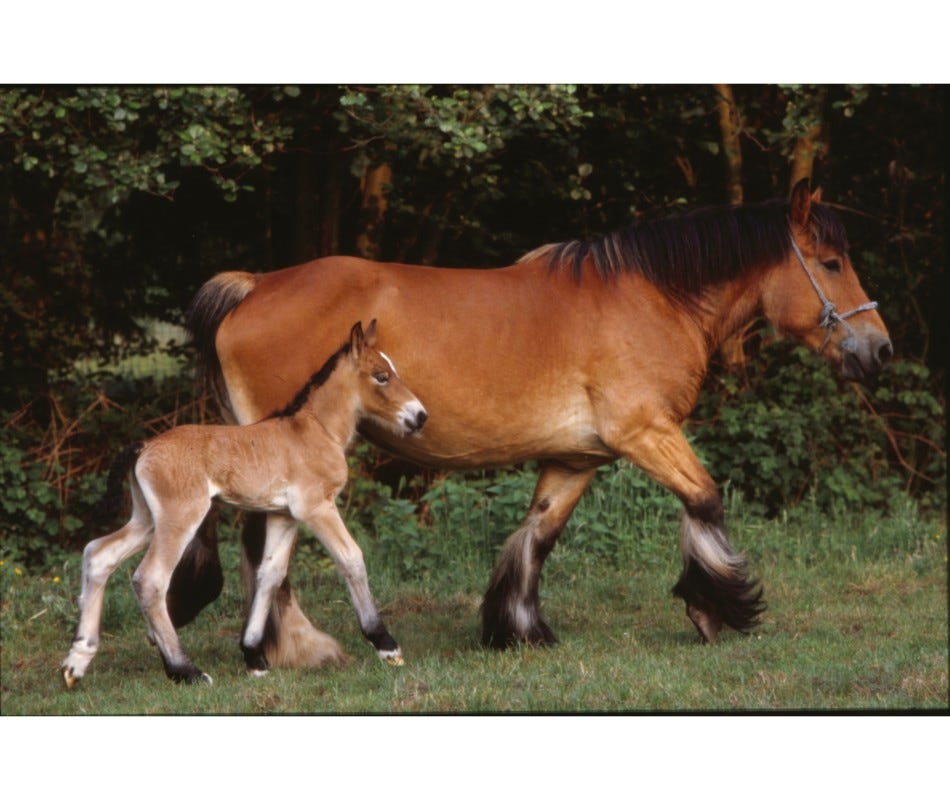

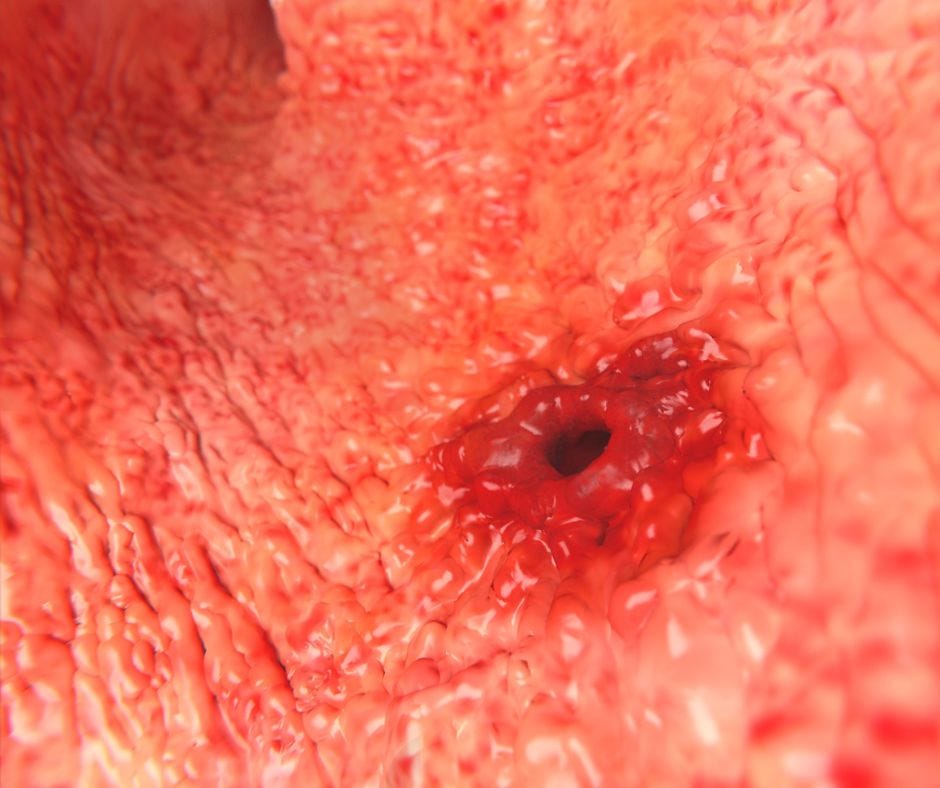
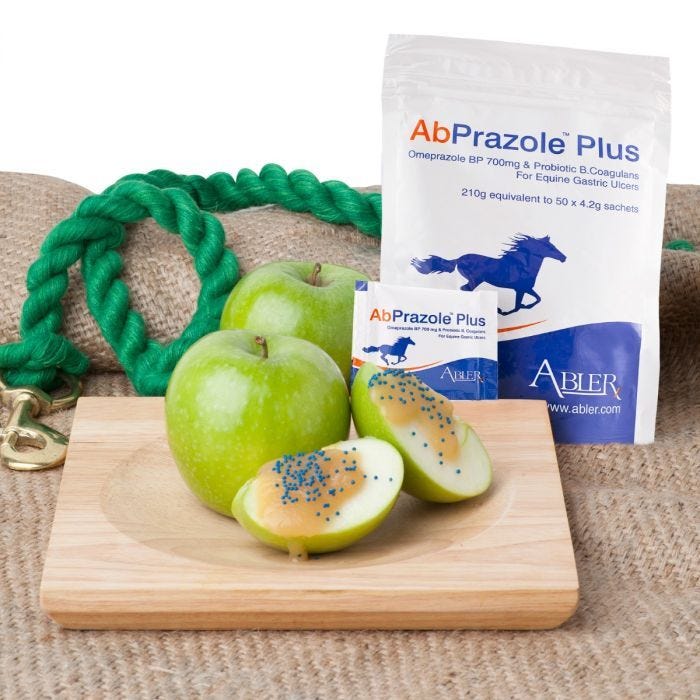
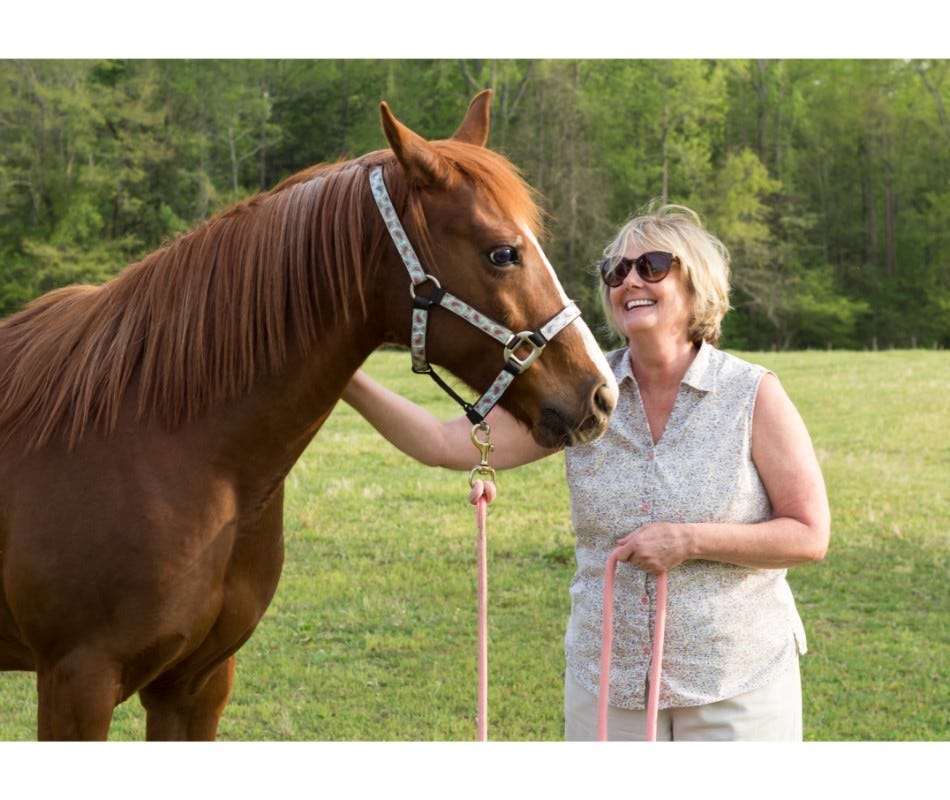
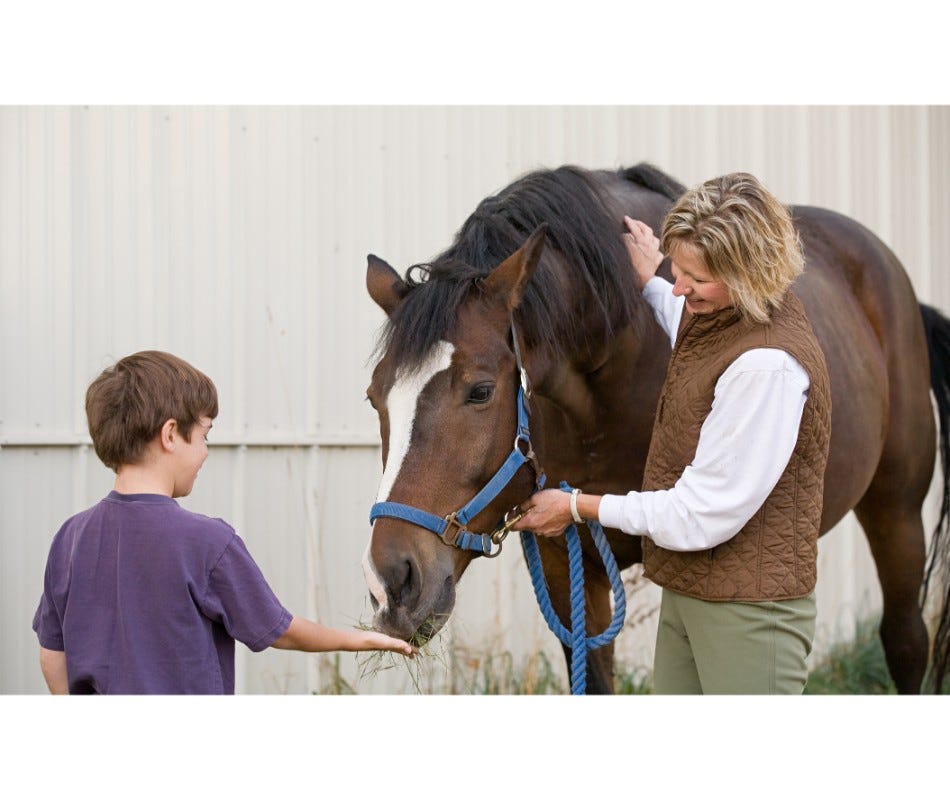
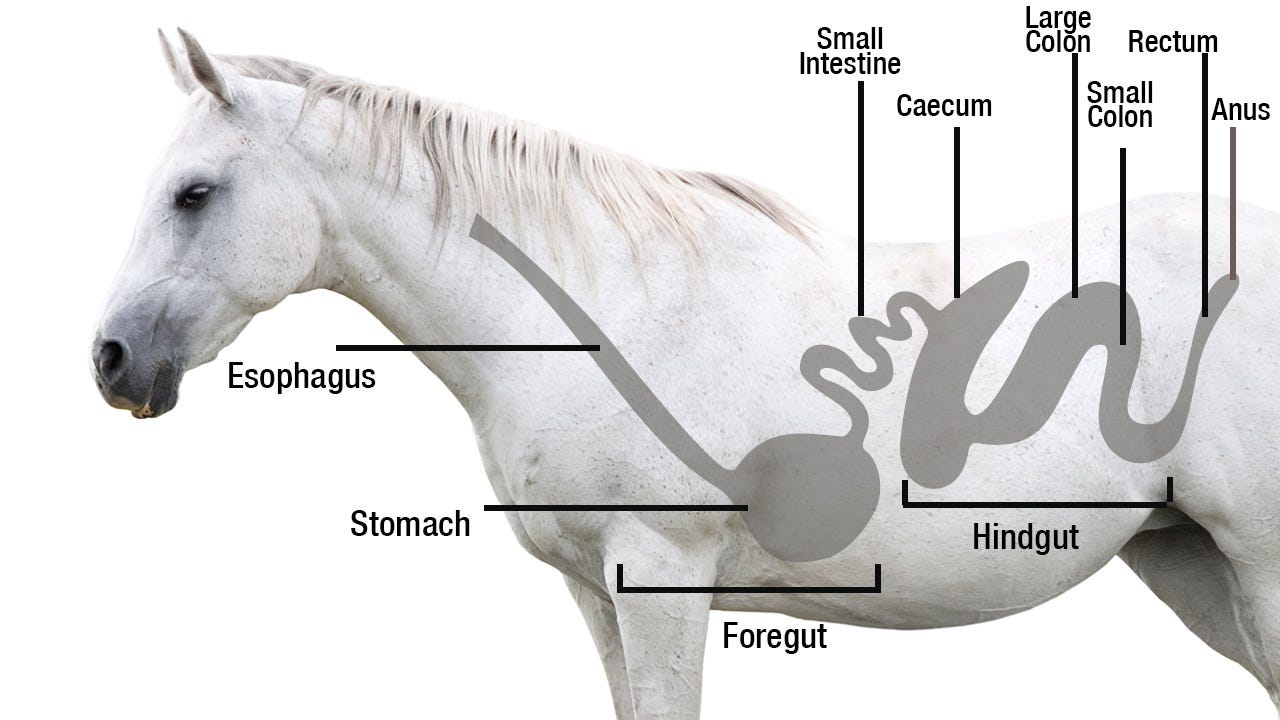
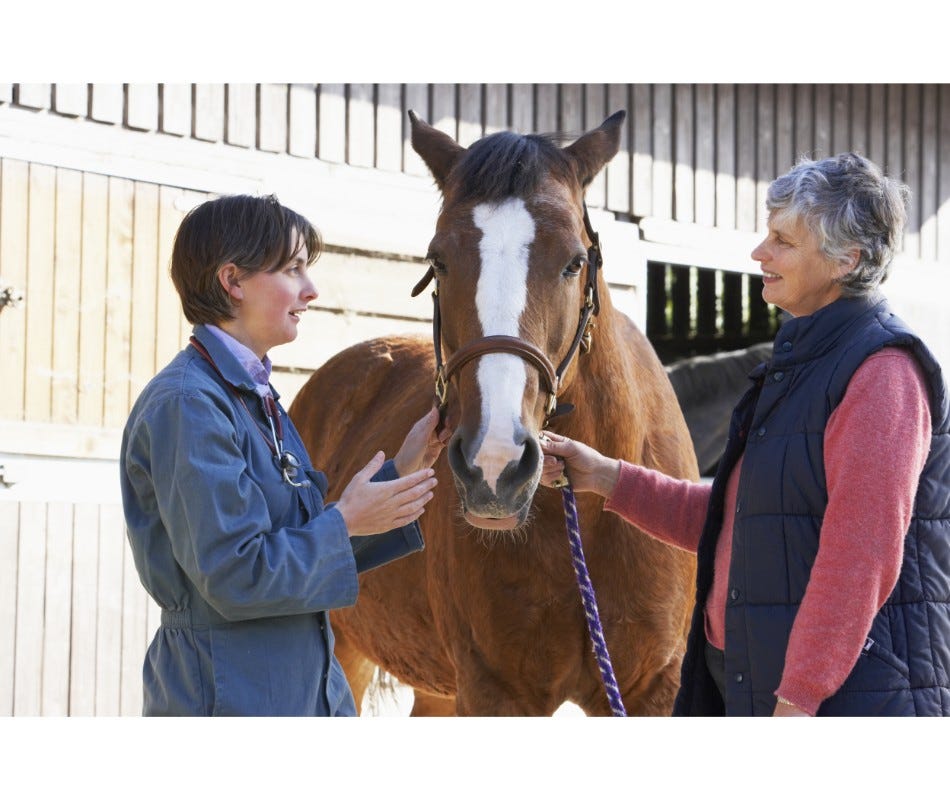
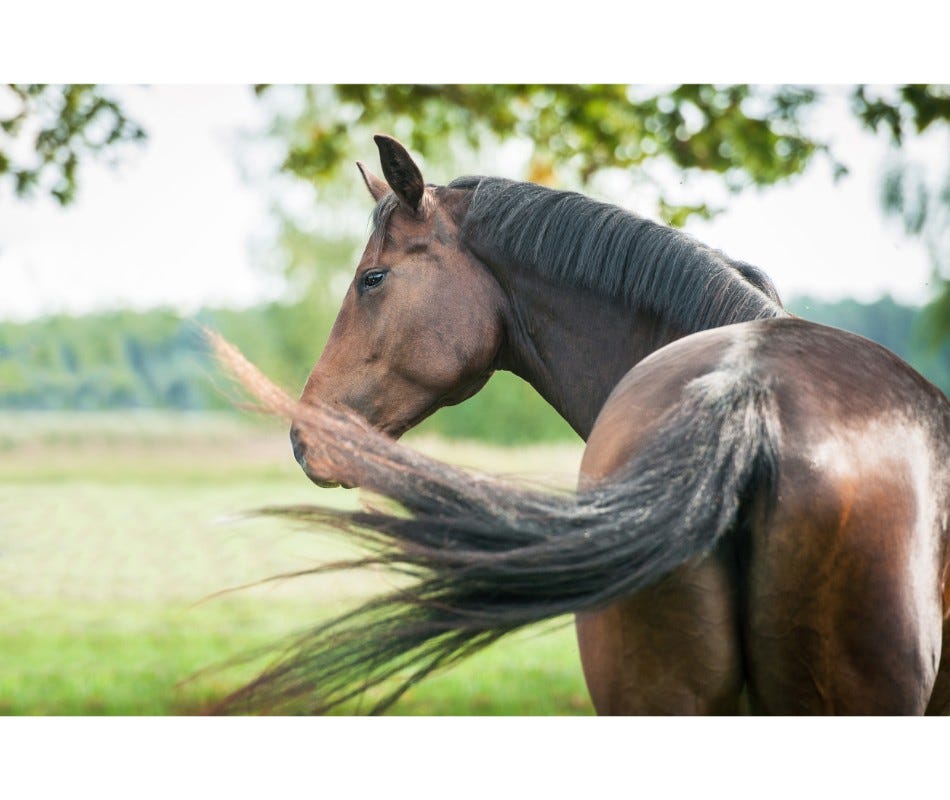
Validate your login